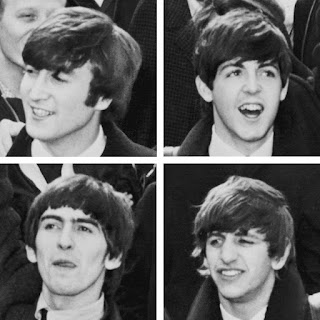- The musical Oklahoma! is based on a 1931 play called Green Grow the Lilacs, by Lynn Riggs, a part-Cherokee playwright who was born in Oklahoma. The play wasn't a massive success, but ten years later in 1941, Theresa Helburn, a theatre producer, saw its potential as a musical.
- It was the first musical written by composer Richard Rodgers and librettist Oscar Hammerstein II. When Theresa Helburn first contacted Rodgers about the project, he was working with Lorenz Hart. Oscar Hammerstein had been keen to set the play to music before, without any success, and told Rodgers if Hart ever dropped out, he'd be happy to collaborate instead. As it turned out, Hart wasn't very interested in the play - he wasn't inspired by the rural setting, and was in any case unwell. So Hammerstein took over.
- The musical is set outside town of Claremore, Oklahoma Territory, in 1906. The plot concerns a farm girl named Laurie Williams trying to make her mind up between two men, cowboy Curly McLain and the sinister farmhand Jud Fry. There is a sub plot concerning the romance between cowboy Will Parker and his fiancée, Ado Annie.
- The title wasn't always Oklahoma! - at first, it was Away We Go!. A couple of pre-Broadway tryout productions didn't seem promising. Hammerstein's previous six shows had been flops; there were no famous people in it and while the audiences liked it, the reviews were mediocre. Rodgers and Hammerstein had faith in the show, however and decided to tweak it a little before the Broadway production. Away We Go! didn't feature the song Oklahoma!, but that song was added, and the show was re-named for it. It was a Broadway box-office smash and ran for an unprecedented 2,212 performances.
- Most of the reviews of the Broadway show were glowing. Only the New York Post was negative about it. "It all seemed just a trifle too cute", their critic wrote. She thought the score consisted of "a flock of Mr. Rodgers's songs that are pleasant enough, but still manage to sound quite a bit alike ... without much variety in the presentation," and the show was "very picturesque in a studied fashion, reminding us that life on a farm is apt to become a little tiresome."
- Oklahoma! was the first of a post-war wave of Broadway musicals to reach London's West End. It opened at the Theatre Royal, Drury Lane on April 30, 1947 and ran for 1,543 performances. The British production, too wasn't without its teething troubles. A pre-London run opened a day late at the Manchester Opera House, after the ship carrying the cast, scenery, and costumes ran aground on a sandbank off Southampton.
- Actors who have appeared in productions of Oklahoma! include Howard Keel, Hugh Jackman, Alfred Molina, Patty Duke, Margaret Hamilton, Maureen Lipman and Louise Plowright.
- The title song became the official state song of the state of Oklahoma in 1953.
- The 1955 film adaptation featured Shirley Jones in her film debut. It was directed by Fred Zinnemann and choreographed by Agnes de Mille.
- It was the first film for which a soundtrack album was produced, although the first edition didn't feature all the songs. It sold over a million copies.
More details about my books. Follow this link if you like Superheroes, Psychics and/or quirky short stories.
I've listed the themes each novel touches on here for easy reference.
Like my author page on Facebook for news on new books and blog posts.










